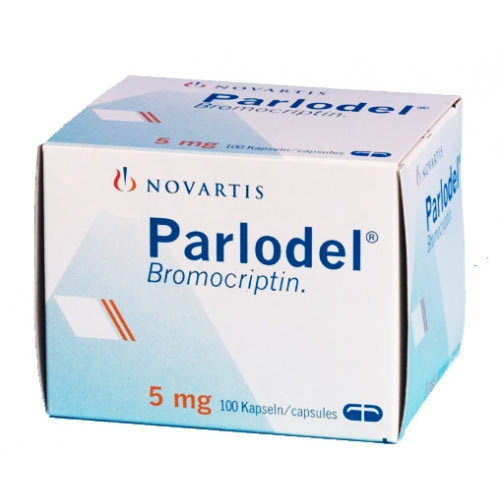
Bromocriptine, an ergoline derivative, is a dopamine agonist that is used in the treatment of pituitary tumors, Parkinson's disease, hyperprolactinaemia, neuroleptic malignant syndrome, and type 2 diabetes. More
Bromocriptine, an ergoline derivative, is a dopamine agonist that is used in the treatment of pituitary tumors, Parkinson's disease, hyperprolactinaemia, neuroleptic malignant syndrome, and type 2 diabetes.
Bromocriptine- used in the treatment of pituitary tumors, Parkinson's disease, hyperprolactinaemia, neuroleptic malignant syndrome, and type 2 diabetes.
Bromocryptine; Bromoergocriptine; Bromocriptin; Bromoergocryptine
B-Crip, Briptin, Brom, Bromogen, Bromotin, Criptal, Diacriptin, Diacriptin-M, Encript, Glucomind, Kripti, Ovucript, Parlodel, Polodyl, Proctinal, Semi-Brom, Sicriptin.
(4R,7R)-10-bromo-N-[(1S,2S,4R,7S)-2-hydroxy-7-(2-methylpropyl)-5,8-dioxo-4-(propan-2-yl)-3-oxa-6,9-diazatricyclo[7.3.0.0²,?]dodecan-4-yl]-6-methyl-6,11-diazatetracyclo[7.6.1.0²,?.0¹²,¹?]hexadeca-1(16),2,9,12,14-pentaene-4-
Oral absorption with 90-96% protein binding, it undergoes first pass metabolism, excreted mainly via feces and urine.
It is a D2 and D3- dopamine agonist, acts by activating postsynaptic dopamine receptors in the nigrostriatal pathways and tuberoinfundibular. Bromocriptine also inhibits the prolactin secretion from the anterior pituitary and is used in the treatment of endocrinological and in prolactinoma disorders.
It comes as capsule or tablet.
Prescribed for the treatment of PD (Parkinson's disease), pituitary tumors, and neuroleptic malignant syndrome.
Nausea, vomiting, gastric haemorrhage (acromegaly), dizziness, headache, depression, drowsiness, postural hypotension, pleural effusion, nasal congestion, mania, and ataxia. High doses produce confusion, hallucinations, delirium, and psychosis.
Stored in an air tight container.
654.595
C32H40BrN5O5
25614-03-3
Increased risk of conception, patients with peptic ulcer, diabetes, diabetic retinopathy, impaired hepatic or renal function, pleuropulmonary signs and symptoms, history of psychosis, CV disease, dementia or concurrent antihypertensive therapy, ability to drive vehicles or operating machinery may be impaired.